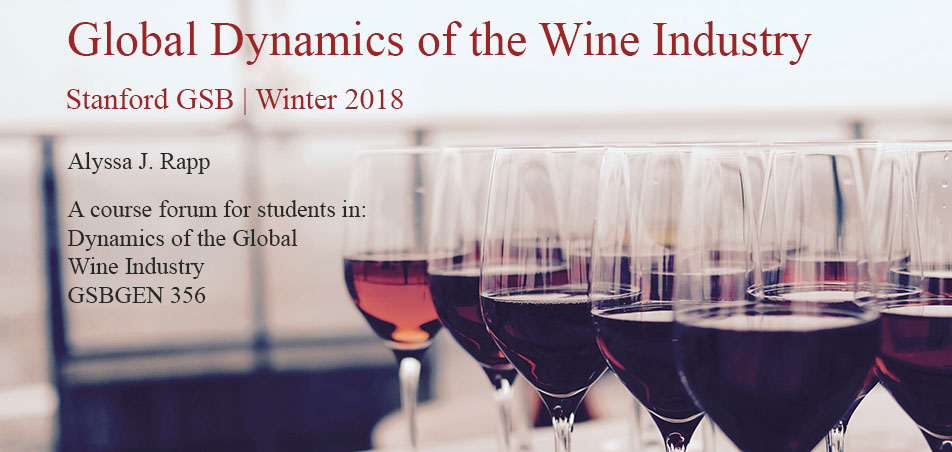- 64% of people will try a new product because packaging catches their eye
- 41% will continue to purchase a product because they like the package
In fact, I actually hypothesize that these statistics are likely higher for wine (although after a bit of searching, I was unable to find the data to support this).
According to Nielsen, last year 14% of all items in the wine category were new products. While that actually may not seem like a huge percentage of the category, that translates into roughly 3,500 new items. Although after hearing Terry rattle off idea after idea for new wine brands, I'm surprised this number isn't higher. Nevertheless, the importance of winning the consumer purchase decision in what are often incredibly competitive spaces (that grocery store wine aisle is no joke, am I right?), it seems obvious that brands must leverage every tool they can to more effectively market their product.
As we learned earlier, due to tied-house laws, it can be particularly tricky for alcohol brands to advertise their wines, especially on social media. Additionally, I was curious to learn that wine brands' marketing spend is just 8% of that of beer brands - although unsurprising given the overwhelming number of beer ads I see on TV and the notable absence of wine ads. All this to say, wine brands rely heavily on the advertising that happens at the time of the purchase decision - on the shelf.
Back to Nielsen stats again. According to a recent study, only 29% of consumers know which wine brand they plan to buy before entering the store. That means that a whopping 71% of consumers are making their decision standing in the aisle, and packaging is the most effective tool brands can use to win that purchase.
Thus, it seems natural that wine brands would invest heavily in the design process and look to the market for feedback on a variety of options, right? Wrong. According to a survey of FMCG (fast-moving consumer goods) executives about their company's design process, 75% responded that important design decisions are made subjectively - by group consensus (33%), qualitative focus groups (55%), or by the opinion of a senior executive (53%). I was surprised listening to Terry's explanation of her own brand building process how little she mentioned about looking to end-consumers for feedback. It wasn't until the very end of the discussion that we heard about the Wine Sisterhood social media platform that can be leveraged for such informal consumer research, but all throughout I was wondering why this primary research didn't play a more formal role in the design process? It seems like a huge missed opportunity. But then I wonder, what is the life of each of these new brands anyway? (Again, I tried and failed to find any stats on this). Perhaps it doesn't make sense to invest the resources if the brand is only going to be around for 1-2 years. Plus, it doesn't seem that hard to come up with ideas for new brands (again, I refer back to Terry's long list of ideas), so maybe it makes sense after all to throw everything at the wall and see what sticks.
Source: http://www.nielsen.com/us/en/insights/news/2017/how-package-design-attracts-todays-wine-consumer.html

It happens to me all the time: I walk into a wine store and am totally thrown off by the labels. Not what they say, exactly, but their design. Forget about grapes, varietals, regions, “good years,” and such. Forget about the input of so-called “wine experts” as well. I know I'm going to pick a wine based mostly on the label.
ReplyDeleteDespite the ditty about the wrongness of judging a book by its cover, book cover designs generally do give some indication of what’s inside. We all judge people by their appearances, and the way one dresses, accessorizes, grooms, maintains a physique (or not) does say something about the individual. What’s on the surface isn’t everything, of course, but we can’t say it means absolutely nothing.
So I'm making the assumption that the crew who makes the wine also chooses the label, at least at some level. So, when a label appeals to me, I think: "Well, I like their font choices. I probably like their wine choices, too."